Over the past two winters, agronomists and growers have been asking whether the green mirids that they are finding in faba beans are doing any damage. Until now, the short answer to that was that we simply didn’t know.
In 2014 Department of Agriculture and Fisheries (DAF) Entomology conducted a preliminary trial to determine if green mirids could cause the dark spotting of the seed coat that was being seen in some faba bean deliveries. The results from this small trial showed that pods on which mirids were allowed to feed did develop brown spots at maturity, but that no evidence of feeding damage was visible when the pods and seed were still green. The absence of visible damage at the time of mirid activity was surprising given the plant responses to mirid feeding that are seen in mungbeans and cotton (‘wet’/dark areas at the site of damage, warty growths inside the pods/bolls).
The purpose of the 2015 trial was to establish conclusively whether mirid feeding caused spotting on the seed, and to determine whether mirids warranted further research as a pest of faba beans.
What we did
A replicated trial was conducted using pods at two development stages, 1) seed fully filled but still green, and 2) immature seed approximately 30% filled.
Either 2 adult mirids, or 2 late instar nymphs were confined on a pod for 10 days, and there were control pods on which there were no mirids.
At the end of the 10 days the mirids were removed from the cages and the cages replaced to protect the pods from being damaged by other insects or weather. Cages remained on the pods until the pods were mature and dried down (harvestable). During this time cages were checked, and treated where necessary, for small nymphs that hatched from eggs laid by the mirids during the trial.
This was a no-choice trial, and does not allow for the possibility that mirids may not choose to feed on pods if they could move freely around the plant.
What we found
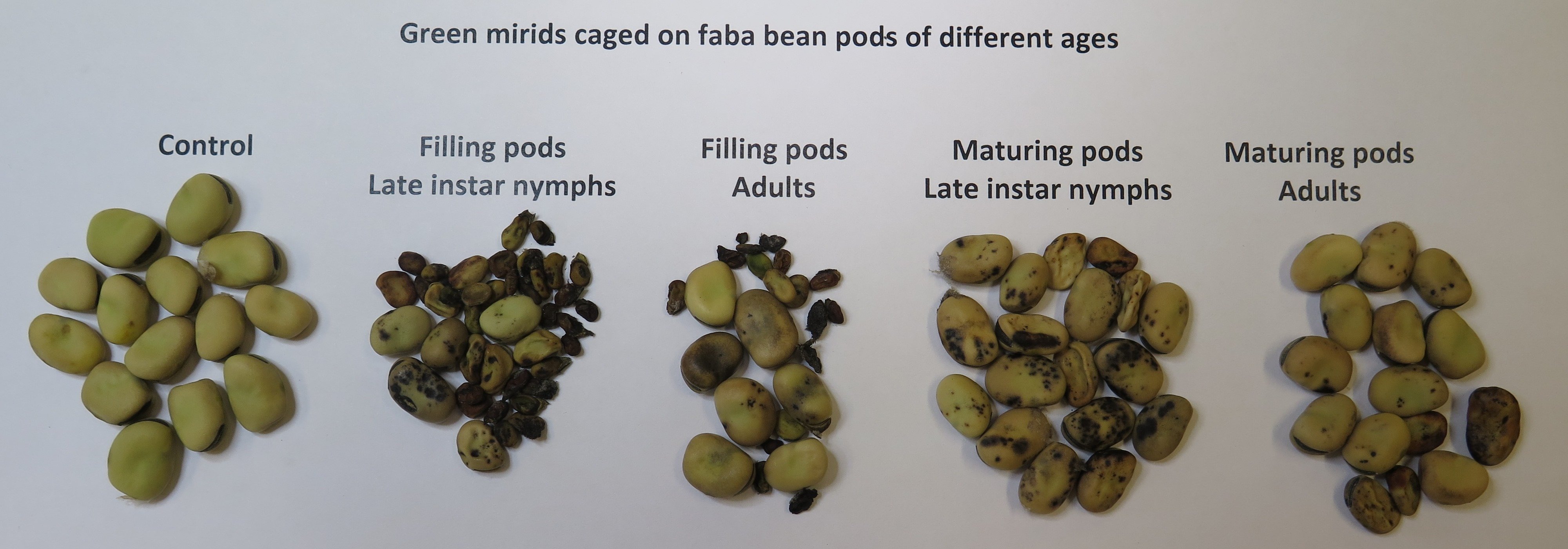
When immature, filling pods were exposed to mirids there was a significant proportion of seed that did not develop to maturity.
This trial clearly demonstrates the damage potential of mirids in faba beans, both in terms of quality (spotting) and yield (small seed).
This trial was not designed to address the question of threshold. We cannot extrapolate from these data to estimate how much damage each mirid can cause in terms of seed spotting or screenings. These are areas of research that will be addressed next winter.

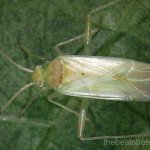
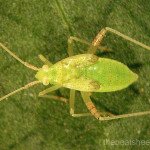
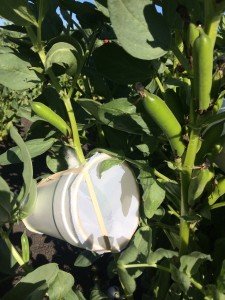
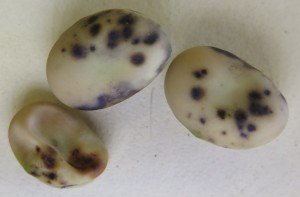
Very nice piece of work Melina. Good to have a conclusive answer to this question about the cause of this damage.